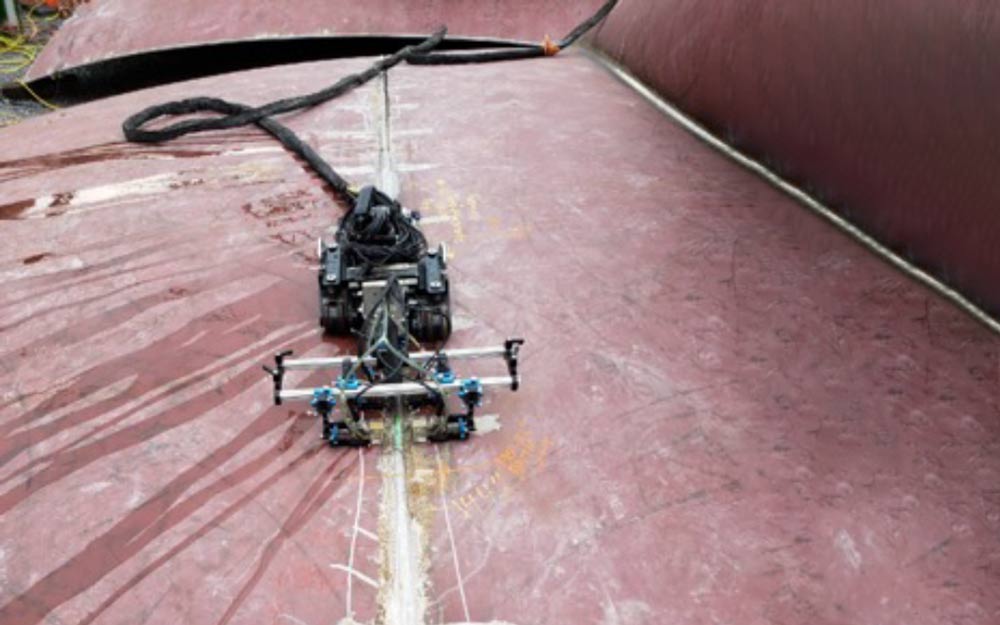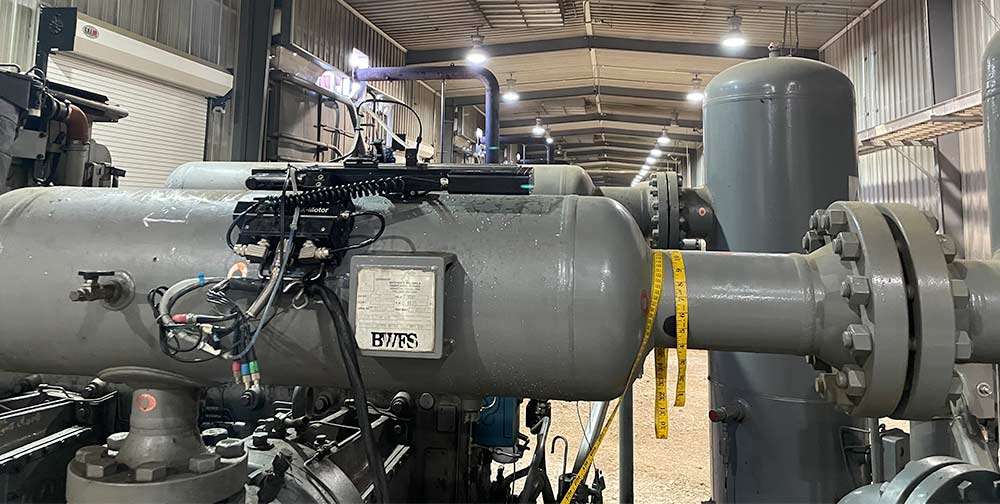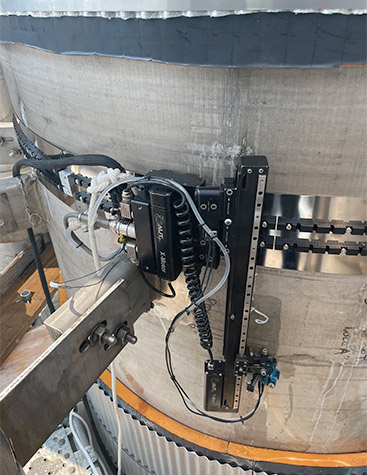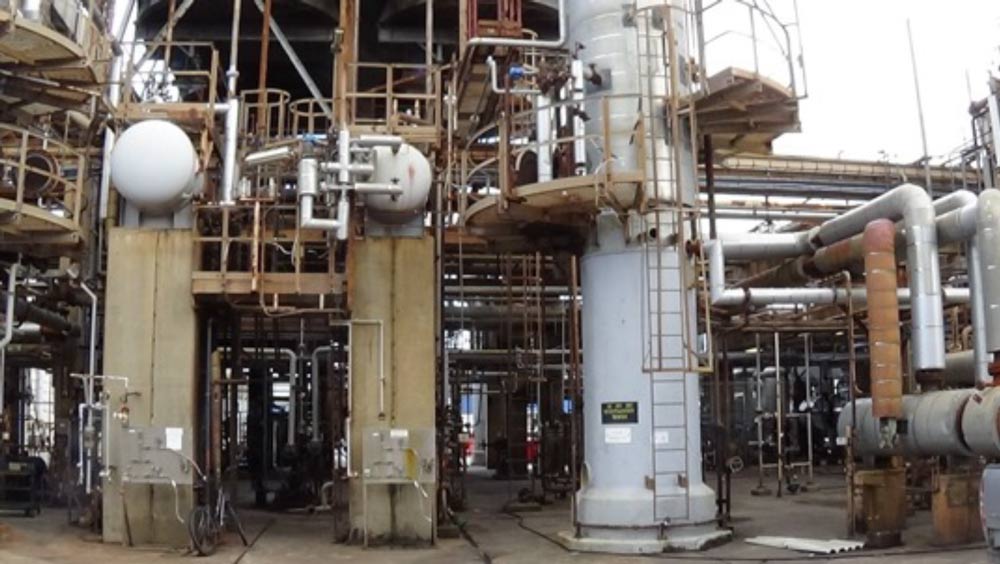Advanced Ultrasonics & Engineered NDT Solutions
We are dedicated to improving equipment inspection by streamlining the process while simultaneously decreasing interference and contractor downtime.
Advanced Inspection Technology
In non-destructive examination (NDE), Advanced Inspection Technology is an advanced imaging technique that can be used to detect, size, and characterize defects in materials. Advanced Inspection Technology imaging is similar to traditional ultrasound imaging, but with the added ability to scan material from multiple angles simultaneously. This allows for a more detailed image of the material to be obtained, without the need to physically rotate the transducer or the material being inspected. As a result, Advanced Inspection Technology NDE can be used to rapidly and accurately inspect large areas of material for potential defects. In addition, phased array imaging can also be used to evaluate the properties of a material, such as its thickness or stiffness. This information can be critical in ensuring the safety and performance of a wide variety of engineering and construction materials.
AIT Specializes in:
- Small diameter automated scanning
- Large pressure vessel UT in Lieu of RT
- Cryogenic Tank Inspection with Advanced Inspection Technology UT (API 620)
- Subsea piping and manifolds with CRA cladding and closure welds
An Engineered approach to NDE
- Development of scanning equipment and techniques for complex geometries
- Turbine blade root inspections

Advanced Ultrasonics in Lieu of Radiography
AIT is the industry leader for Advanced Ultrasonic Inspection Services. AIT Advanced Ultrasonic’s team has experience in all aspects of code-required ultrasonic inspection in lieu of radiography.


Interested in learning more?
Our existing team members have worked together for 20+ years and have extensive combined experience in Eddy Current, Phased Array, API Inspections, Advanced Radiography, and Traditional NDE Methods. Our team has the highest level of training and certification using that expertise to find new solutions to your Asset Integrity issues.

HTHA Inspection – What and Why?
The changes to API 941 now suggest new methods such as TOFD and PAUT / TFM to replace older methods such as AUBT, Frequency Analysis, and Velocity Ratio Measurements. This is due to the unreliability of the previous methods along with new changes to the Nelson Curves previously established.
HTHA (High-Temperature Hydrogen Attack) is the result of hydrogen molecules reacting with carbides in steel while at elevated temperatures and forming methane. These methane molecules then become too large to move through the steel. Upon this reaction, the steel begins to decarburize causing a loss in strength, allowing the methane pressure to build and form micro-fissures along the grain boundaries and eventually combine and form full cracks.

- HTHA can affect a number of units with hydrogen processes
- The equipment in these units runs at elevated temperatures above 400° F
- Hydrogen Reformers
- Isom Units
- Catalytic Reformers
- Hydrotreating
- Ammonia Plants
Let's discuss your next project.
Our team has worked in Oil and Gas (upstream, midstream, and downstream), mining, power generation, and many others. Our team values the long-term relationships it makes with our customers as evidenced by our strong repeat business requests.
